Optimal Timing for Concrete Installations
Concrete installations are sensitive to weather conditions, making timing crucial for optimal results. The ideal period for pouring concrete typically aligns with moderate temperatures and low humidity, which help ensure proper curing and strength development.
Spring offers moderate temperatures and longer daylight hours, reducing the risk of rapid drying or freezing during curing.
Summer requires precautions against high temperatures and direct sunlight, which can cause cracking or uneven curing if not managed properly.
Fall provides cooler temperatures and less humidity, allowing for effective curing before winter sets in.
Winter is generally unsuitable due to freezing temperatures that hinder proper curing and can damage freshly poured concrete.
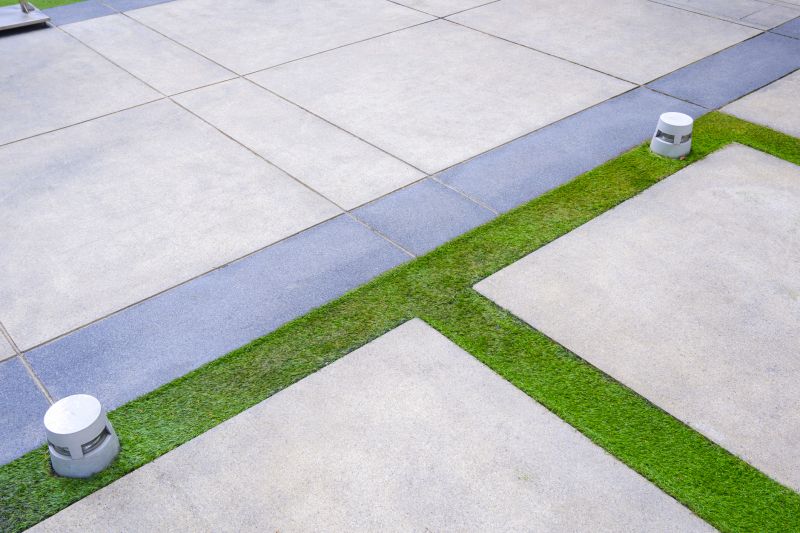
Ways to make Concrete Installations work in tight or awkward layouts.
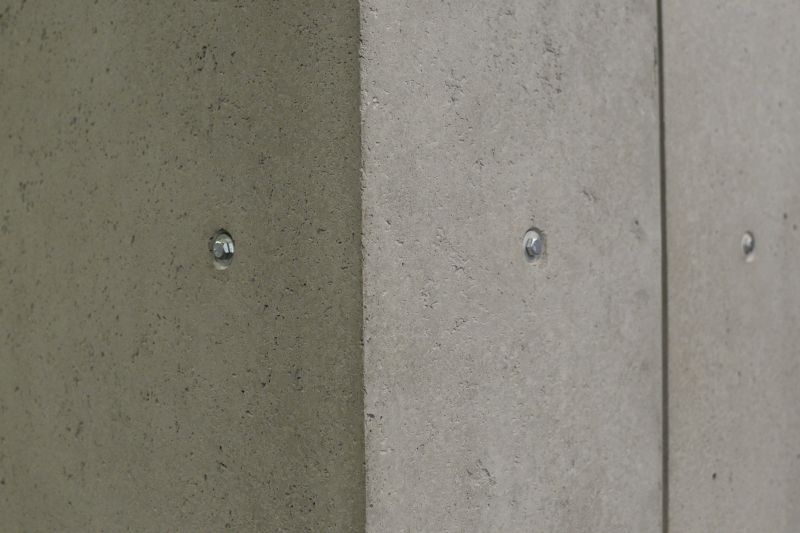
Popular materials for Concrete Installations and why they hold up over time.
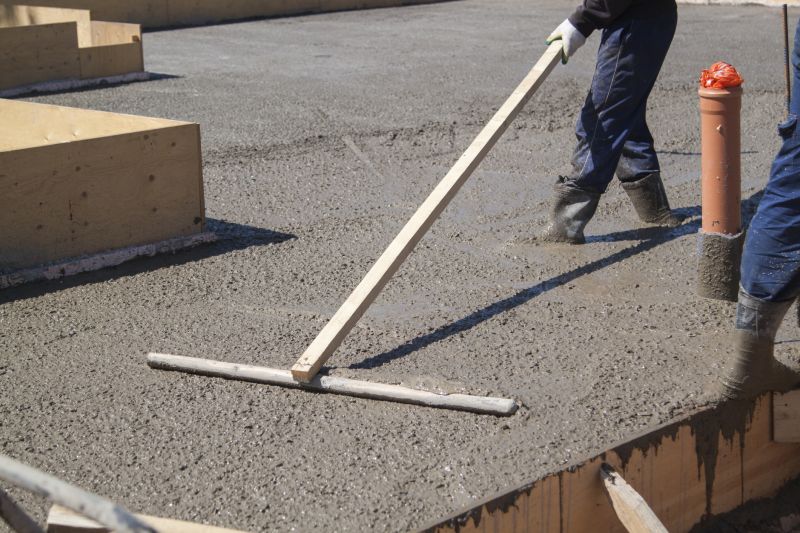
Simple add-ons that improve Concrete Installations without blowing the budget.
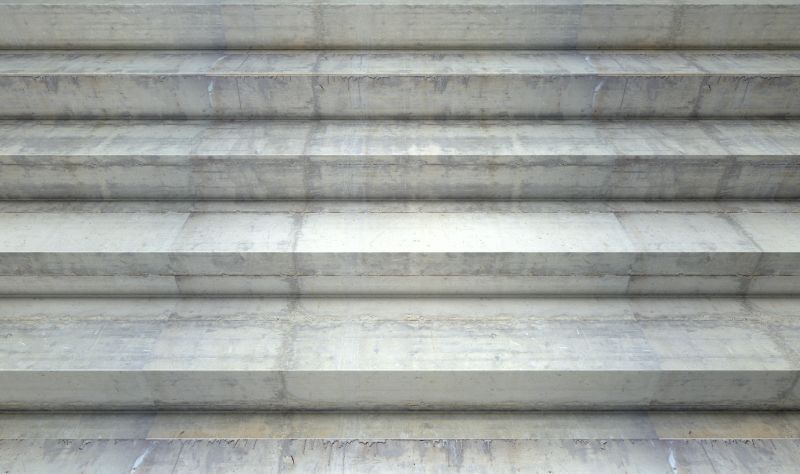
High-end options that actually feel worth it for Concrete Installations.
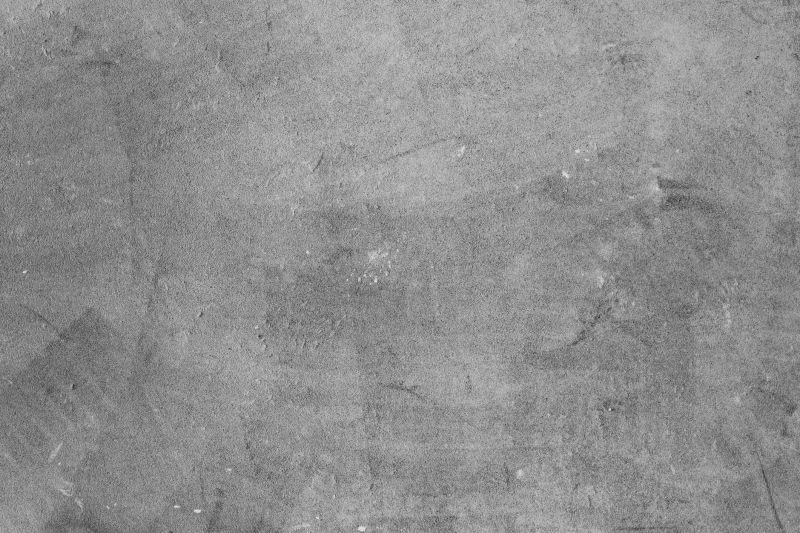
Finishes and colors that play nicely with Concrete Installations.

Little measurements that prevent headaches on Concrete Installations day.
Concrete installations involve placing and finishing concrete to create durable surfaces such as driveways, patios, and walkways. Proper timing ensures the concrete cures correctly, achieving maximum strength and longevity. Weather conditions play a significant role; ideal conditions include temperatures between 50°F and 85°F with low wind and humidity levels. Excessive heat can cause rapid evaporation, leading to cracks, while cold temperatures may prevent proper curing altogether. Preparing for seasonal variations and scheduling installations during suitable periods enhances the quality and durability of the finished surface.
| Season | Optimal Conditions |
|---|---|
| Spring | Moderate temperatures, low humidity, longer daylight |
| Summer | Manage high temperatures with shading and watering |
| Fall | Cooler weather, less humidity, ideal for curing |
| Winter | Generally unsuitable due to freezing temperatures |
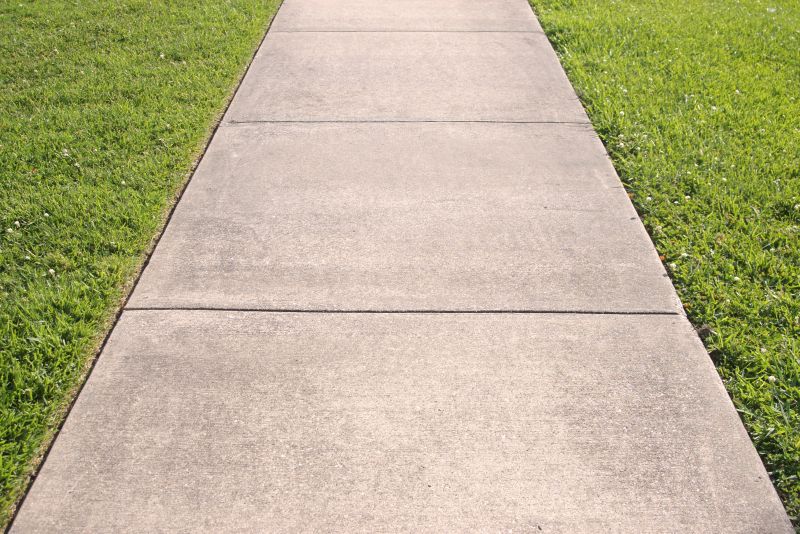
A 60-second routine that keeps Concrete Installations looking new.
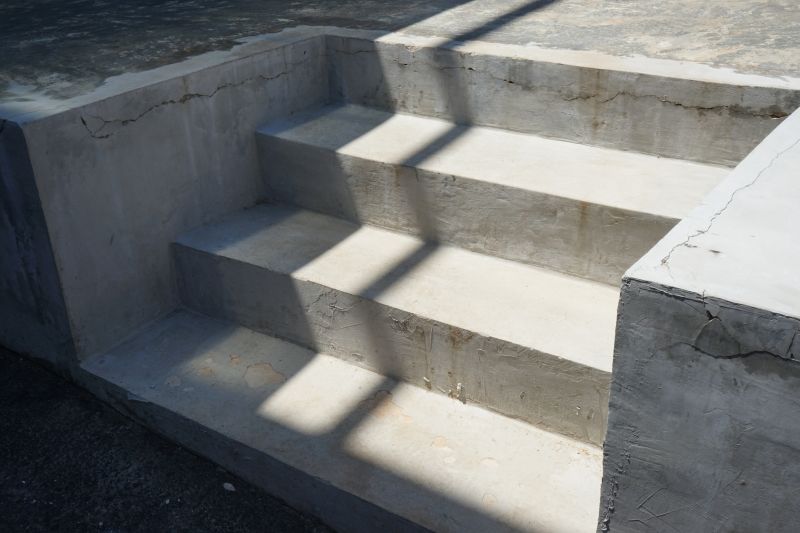
A frequent mistake in Concrete Installations and how to dodge it.
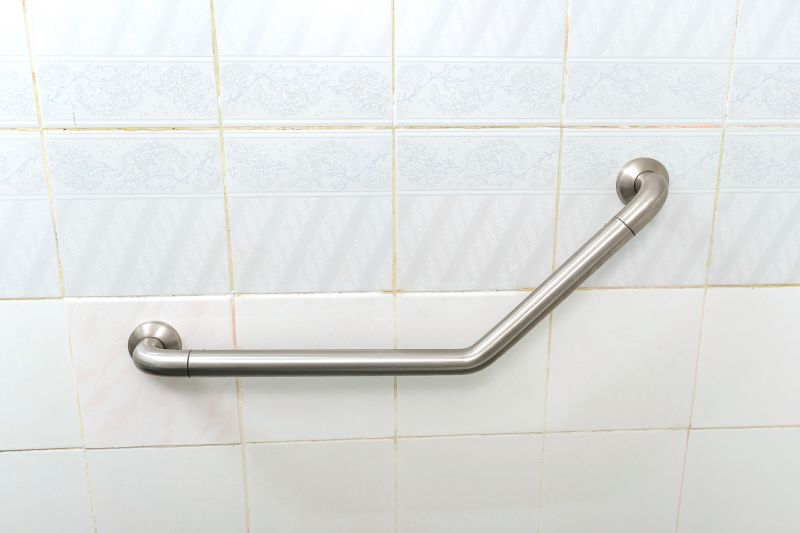
Small tweaks to make Concrete Installations safer and easier to use.
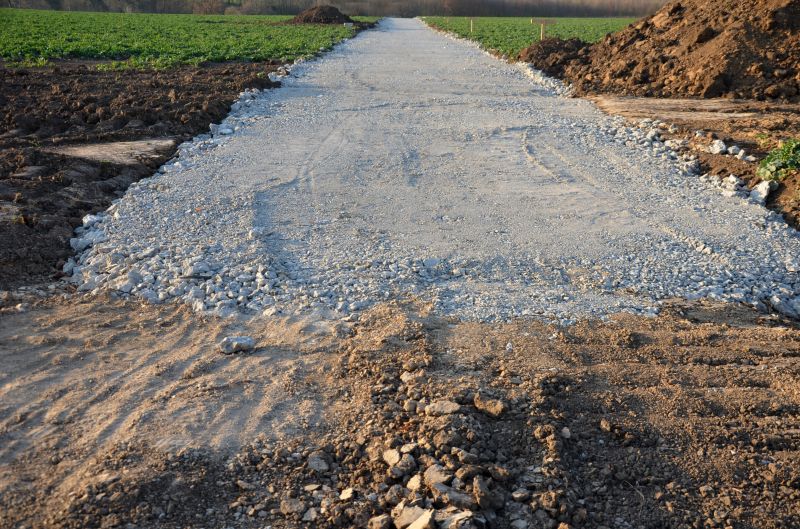
Lower-waste or water-saving choices for Concrete Installations.
Choosing the right time for concrete installation is essential for ensuring a durable and long-lasting surface. Proper planning around seasonal weather patterns minimizes risks such as cracking, uneven curing, and structural weaknesses. Consulting with experienced professionals can help determine the most suitable window for a specific project, considering local climate variations and project scope.
Interested in scheduling a concrete installation? Fill out the contact form to discuss project details and timing options.

